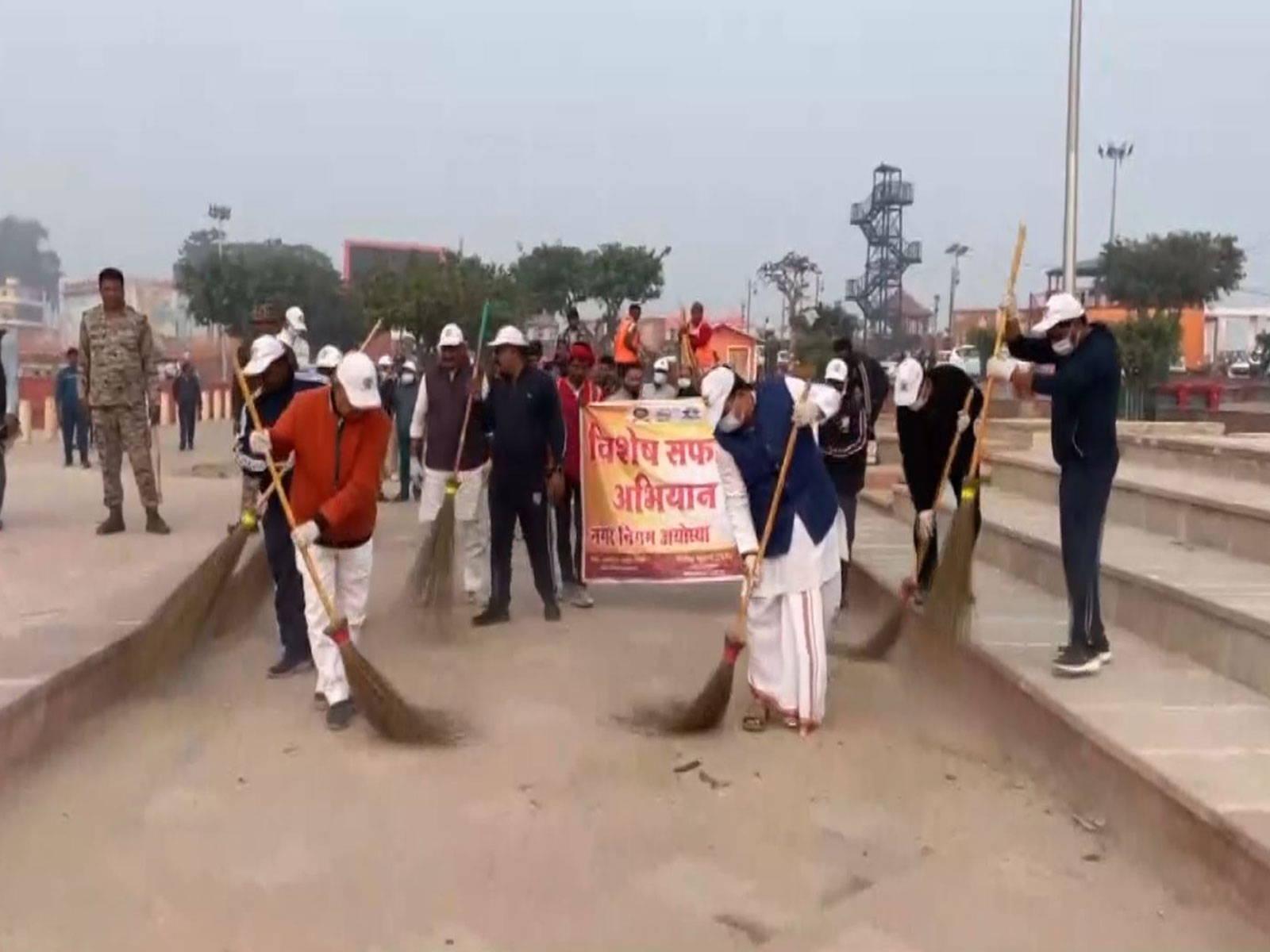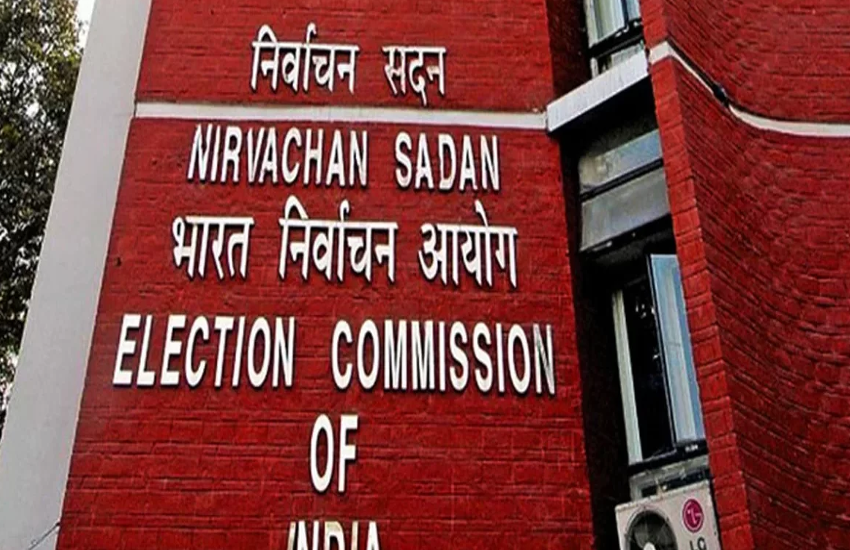How the Modi govt is struggling to defend note ban in Parliament

Nearly three months after demonetisation was rolled out, people are still waiting for the Narendra Modi regime to coherently explain what the exercise was for. In keeping with the public mood, MPs have been asking a lot of questions about it over the first two days of the ongoing Budget session. The responses to the questions show the government is struggling to defend the move.
Over a dozen questions have been asked in the Lok Sabha about note ban and related issues. These range from details of the government's assessment of the move to details on cash withdrawals and from irregularities by bank officials to deposits in Jan Dhan accounts.
Also Read: Bundelkhand farmers on note ban: We survived the drought but Modiji broke our back
On 3 February, a group of MPs asked whether the government had assessed the success/failure of the "scheme". To what extent had it achieved the stated objectives of "flushing out black money and counterfeit currency, curbing terror and insurgency financing"? Also, the MP asked, have the dreams of "conversion of cash-based economy into a digital economy and higher tax revenue" been realised.
Interestingly, a significant number of the MPs who have asked questions about demonetisation are either from the BJP or parties that are supporting it. They include BJP's Sanjay Shamrao Dhotre, Satya Pal Singh and Dushyant Singh, Shiv Sena's Rahul Ramesh Shewale, YSR Congress Party's Avinash Reddy, TRS' Kotha Prabhakar Reddy.
The MPS have also sought to know the details of the programmes being run by the government to "restore normalcy and provide relief to the cash-based industries, unorganised sector, farmers, labourers and other affected/aggrieved persons".
And what was the response?
On the assessment of demonetisation and what objectives were achieved, the government said "demonetisation seeks to create a new 'normal' wherein the GDP would be bigger, cleaner and real" and that the exercise "is part of the government's resolve to eliminate corruption, black money, counterfeit currency and terror funding".
The list of achievements provided by the government is this:
"More than 1,100 searches and surveys were conducted and more than 5,100 notices were issued by the Income Tax Department".
"Seizure of valuables of more than Rs 610 crore", including cash worth Rs 513 crore.
Seizure of cash in new currency notes worth about Rs 110 crore.
Detection of undisclosed income worth about Rs 5400 crore till 10 January.
The government conveniently sidestepped the question on the realisation of the objectives regarding black money, counterfeit currency, terrorist funding, digital economy and higher tax revenue. All it has given are the statistics quoted above and some steps that were taken much before demonetisation was announced. These include:
Constitution of the Special Investigation Team on Black Money.
Enactment of the Black Money (Undisclosed Foreign Income and Assets) and Imposition of Tax Act, 2015.
Amendment to the Benami Transactions (Prohibition) Act, 1988.
Different question, same answer
A nearly identical response was given to another question by a different set of MPs, who sough to know:
The value of black money in form of old/new currency notes and gold seized during demonetisation move.
The total value of notes demonetised, the demonetised currency returned back as on date.
Whether the government has seized new notes as part of its operations against black money hoarders during the course of demonetisation.
The amount of black money and undisclosed assets unearthed during these raids.
The government's response is a repetition of the statistics quoted in the previous answer, plus some more numbers:
As on 8 November 2016, there were 17165 million pieces of Rs 500 in circulation.
There were 6858 million pieces of Rs 1,000 in circulation.
The value of Rs 500 and Rs 1,000 returned to the RBI and Currency Chests amounted to Rs 12.44 lakh crore as of 10 December 2016.
Once again, no details about black money, terror funding, fake currency.
More evasion
Another question asked on the same date by another group of MPs asks:
Whether any study/survey was conducted or experts/stakeholders consulted by the government to assess the possible consequences of demonetisation prior to its implementation.
Whether the government had made any assessment of the estimated quantum of black money in the economy before the implementation of demonetisation.
The government's reply is baffling. It doesn't answer whether any study was conducted or any experts consulted. On assessment of the amount of black money unearthed, the reply quotes "the white paper on Black Money, dated May 2012", which, in turn, refers to data from 1976 and 1984. It also refers to a World Bank report that put the shadow economy estimate at 20.7% of the GDP in 1999 and 23.2% in 2007.
These answers make it clear that as the curiosity over demonetisation is peaking, the government is struggling to give an adequate response and defend the move. Is the day coming when somebody in the Modi regime or the ruling party will admit that note ban too, like Achche Din, was a jumla?
Also Read: Lack of MGNREGA funds adds to distress in drought-ridden states
First published: 3 February 2017, 7:15 IST

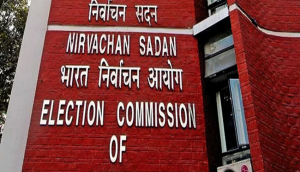
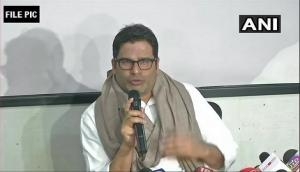
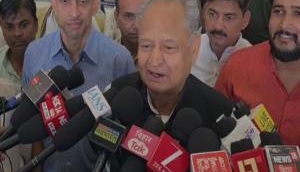
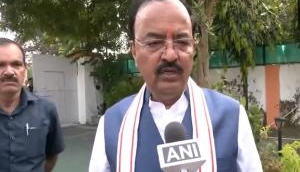
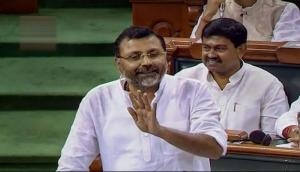
![BJP's Kapil Mishra recreates Shankar Mahadevan’s ‘Breathless’ song to highlight Delhi pollution [WATCH] BJP's Kapil Mishra recreates Shankar Mahadevan’s ‘Breathless’ song to highlight Delhi pollution [WATCH]](https://images.catchnews.com/upload/2022/11/03/kapil-mishra_240884_300x172.png)

![Anupam Kher shares pictures of his toned body on 67th birthday [MUST SEE] Anupam Kher shares pictures of his toned body on 67th birthday [MUST SEE]](https://images.catchnews.com/upload/2022/03/07/Anupam_kher_231145_300x172.jpg)


